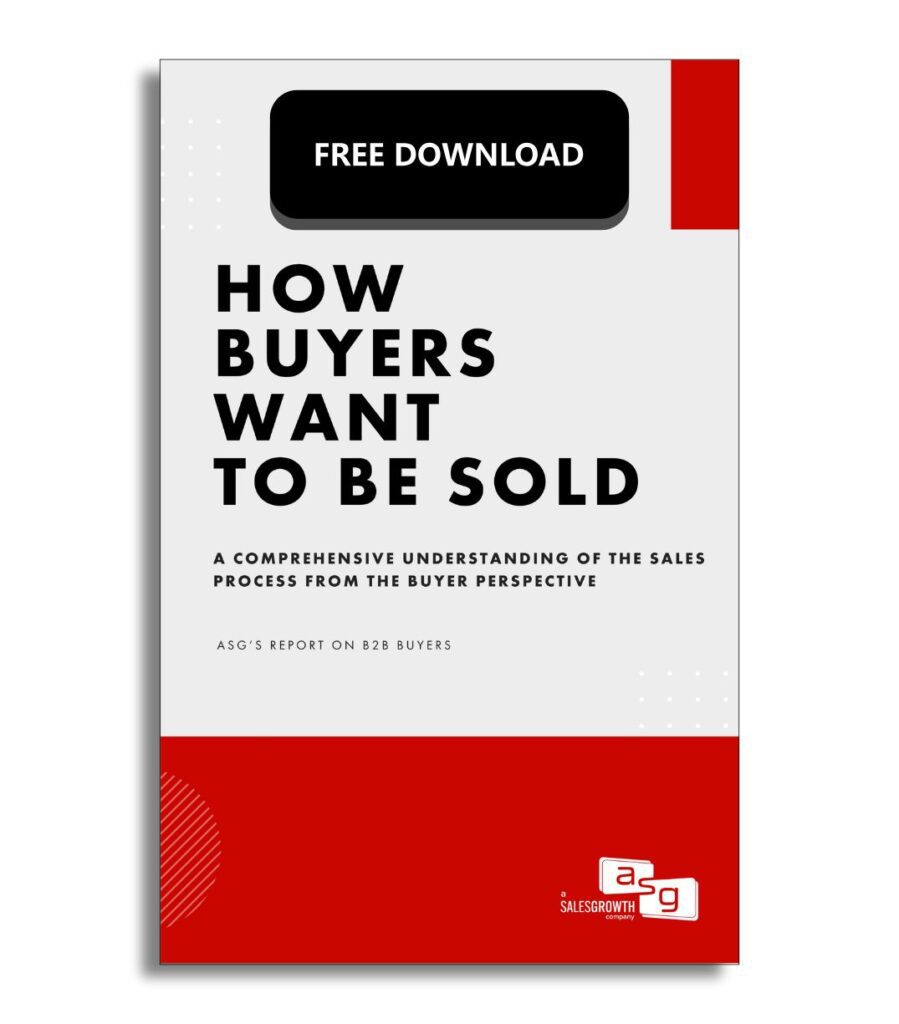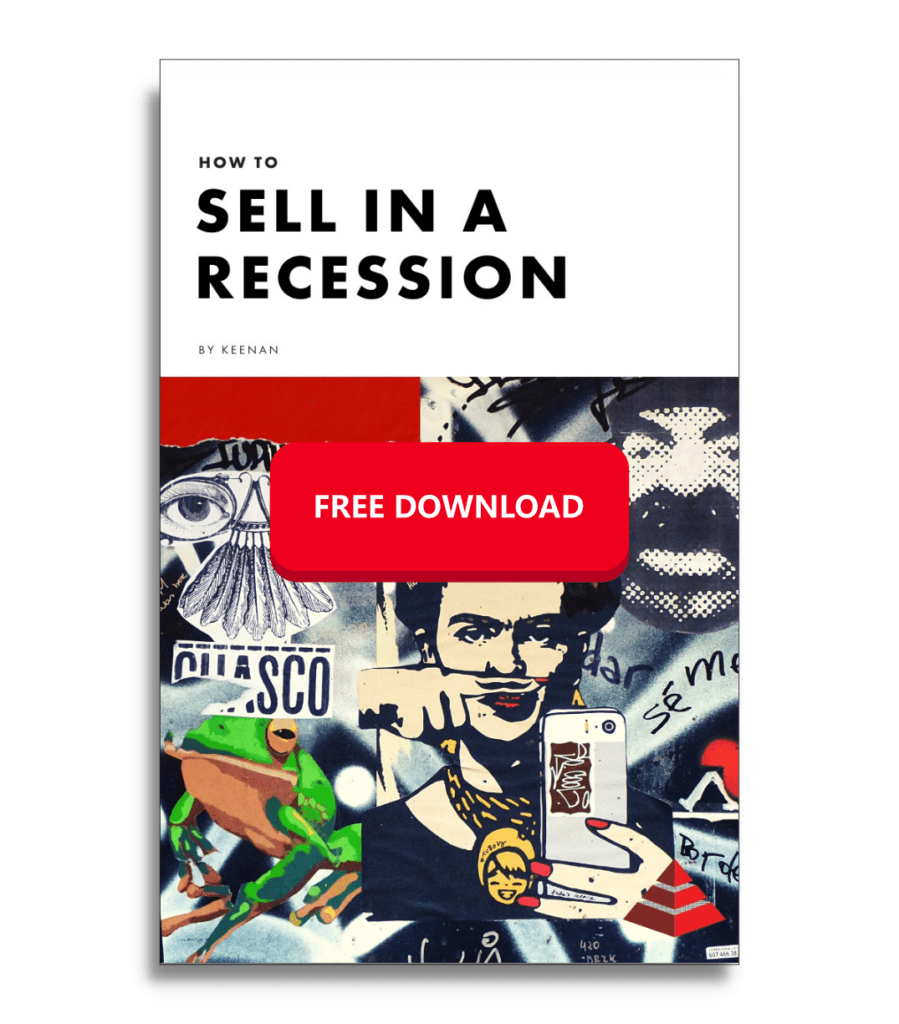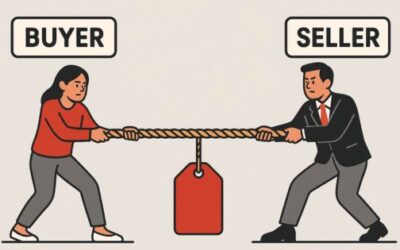Sales training is one of the most important investments for improving execution in the field. The goal is to help reps run better discovery, qualify deals more accurately, and control opportunities from start to close. When done correctly, training changes behavior and drives measurable gains across win rate, deal size, sales cycle, and quota attainment.
But many programs fail to deliver on that outcome. Reps complete sessions and certifications but return to old habits. Pipeline quality stays flat. Sales results don’t improve. The issue is often rooted in how training is selected in the first place.
This article explains how to choose a sales training program that improves execution. It outlines the selection criteria that matter, how to evaluate training providers, and what signals to look for in your early conversations. The goal is to help sales leaders and enablement teams make confident decisions that lead to stronger performance.
Key Takeaways
- Define specific metrics to improve: win rate, deal size, sales cycle, or quota attainment.
- Focus on observable selling behaviors that directly impact pipeline execution.
- Eliminate providers that lack a clear sales methodology or real-world application.
- Prioritize programs that include roleplay, deal reviews, and behavior-based practice.
- Pay attention to how providers sell to you—it reflects how they’ll train your team.
- Use your sales metrics to set realistic performance targets tied to revenue impact.
Define the Sales Outcomes You Want to Improve
Before evaluating any sales training provider, get specific about the metrics you need to change. Start with your current performance trends across win rate, average deal size, sales cycle length, and quota attainment. These are the numbers that reflect whether your team is executing effectively in the field.
Set clear targets for improvement. For example, increasing win rate from 15% to 25%, or reducing average sales cycle length by 20%. Use those benchmarks to guide your training selection process.
Then define the behaviors that need to improve in order to hit those goals. If reps are discounting too early, discovery is too shallow, or deals stall in later stages, those issues should shape the training criteria you use.
Avoid vague goals like “better conversations” or “more confidence.” Training must focus on what reps do in live deals: how they uncover problems, qualify opportunities, and move buyers toward a decision. Without that focus, it won’t drive measurable change.
Identify Sales Training Programs Built for Execution
Once you’ve defined the metrics and behaviors that need to improve, filter out training programs that don’t align. Many offerings focus on general selling tips or motivational content that won’t help reps execute differently in the field. The right training should be built to improve how reps manage real deals, not just how they feel about selling.
Look for a Documented Sales Methodology
A strong training provider uses a clear, structured methodology. It should define how discovery is conducted, what qualifies an opportunity, how to confirm buyer input, and what information is needed at each stage of a deal. This framework ensures that reps and managers operate from the same expectations.
Evaluate Live Application Requirements
Programs should include roleplay, deal reviews, and scenario-based practice that connects training to real pipeline conversations. If reps only attend workshops or watch videos without applying skills in context, behavior won’t change.
Watch for Execution Language
Training providers that focus on pipeline movement, buyer input, deal inspection, and skill-based coaching are more likely to impact field performance. Avoid providers who emphasize presentation, persuasion, or product knowledge without connecting it to what happens inside a real opportunity.
Inspect How They Sell to You
The best way to assess a sales training provider is to pay close attention to how they sell during your evaluation process. Their sales process should reflect the same behaviors you want your team to learn.
If a training company doesn’t ask about your team’s win rate, sales cycle, or deal size, they aren’t modeling a performance-based approach. If they don’t explore the cost of those issues or how they impact revenue, they aren’t teaching reps how to diagnose problems.
Training providers should demonstrate the same skills they claim to teach: problem identification, root cause analysis, quantified impact, and solution fit. If you don’t see that in your sales conversations with them, you won’t see it in the training they deliver.
Set Realistic Goals Based on Performance Gaps
Training should start with a clear understanding of where your team is underperforming and what improvements are possible. If your win rate is 12%, and the goal is to reach 25%, quantify what that change means for your business. Set targets that reflect real impact like additional revenue generated or deals closed per rep.
Use your sales metrics as input to the training conversation. A good provider will ask for this data and use it to align expectations. If they don’t, that’s a signal they’re not focused on outcomes. Training should not be positioned as a motivational event. It should be a calculated move to fix specific execution gaps and deliver measurable returns.
Conclusion: Choose Sales Training That Improves Execution
Sales training should be selected the same way sales performance is managed with clear metrics, defined expectations, and outcome-based evaluation. If a program can’t tie its approach to how reps execute in live deals, it won’t improve performance.
Use your win rates, deal size, sales cycle, and quota attainment trends as a baseline. Choose training designed to move those numbers. Vet providers based on methodology, application, and how they sell to you. And set realistic goals tied to revenue impact.




0 Comments